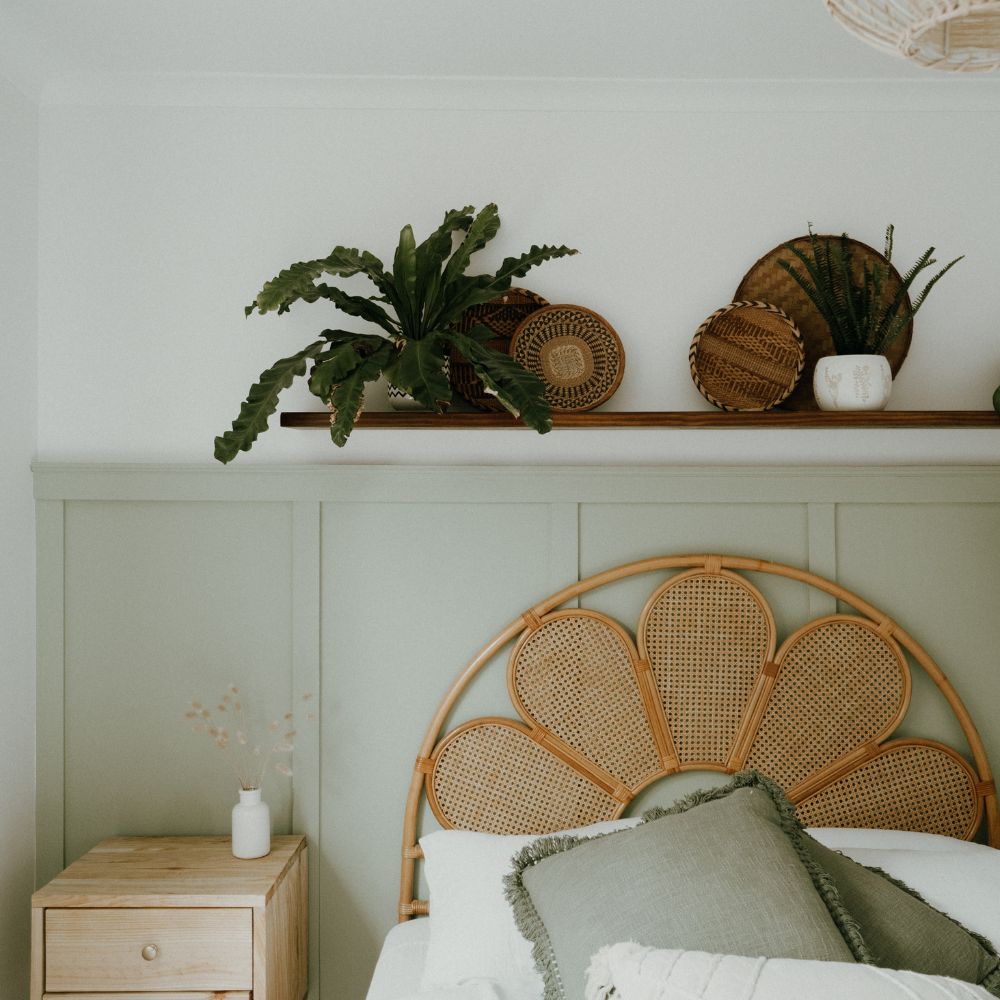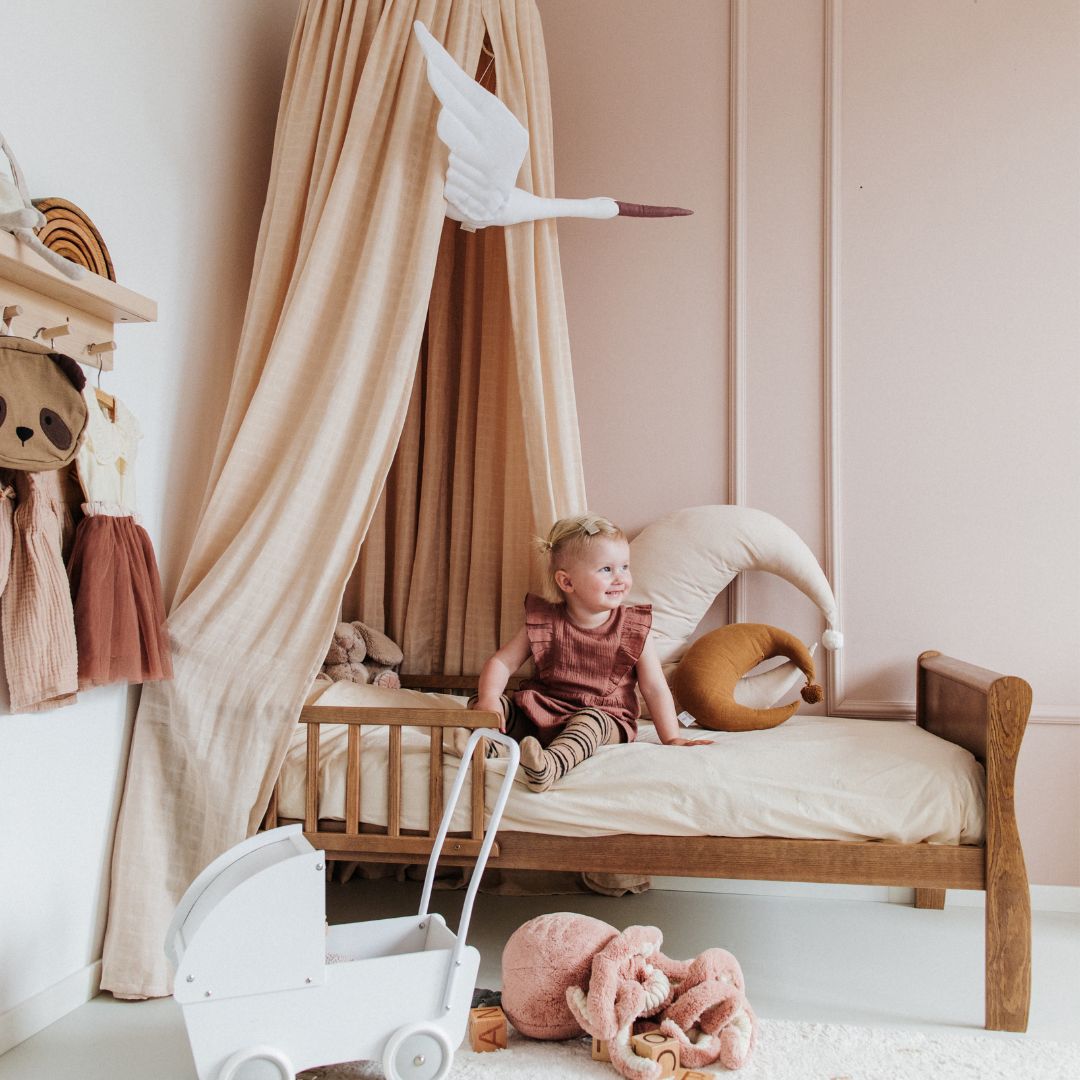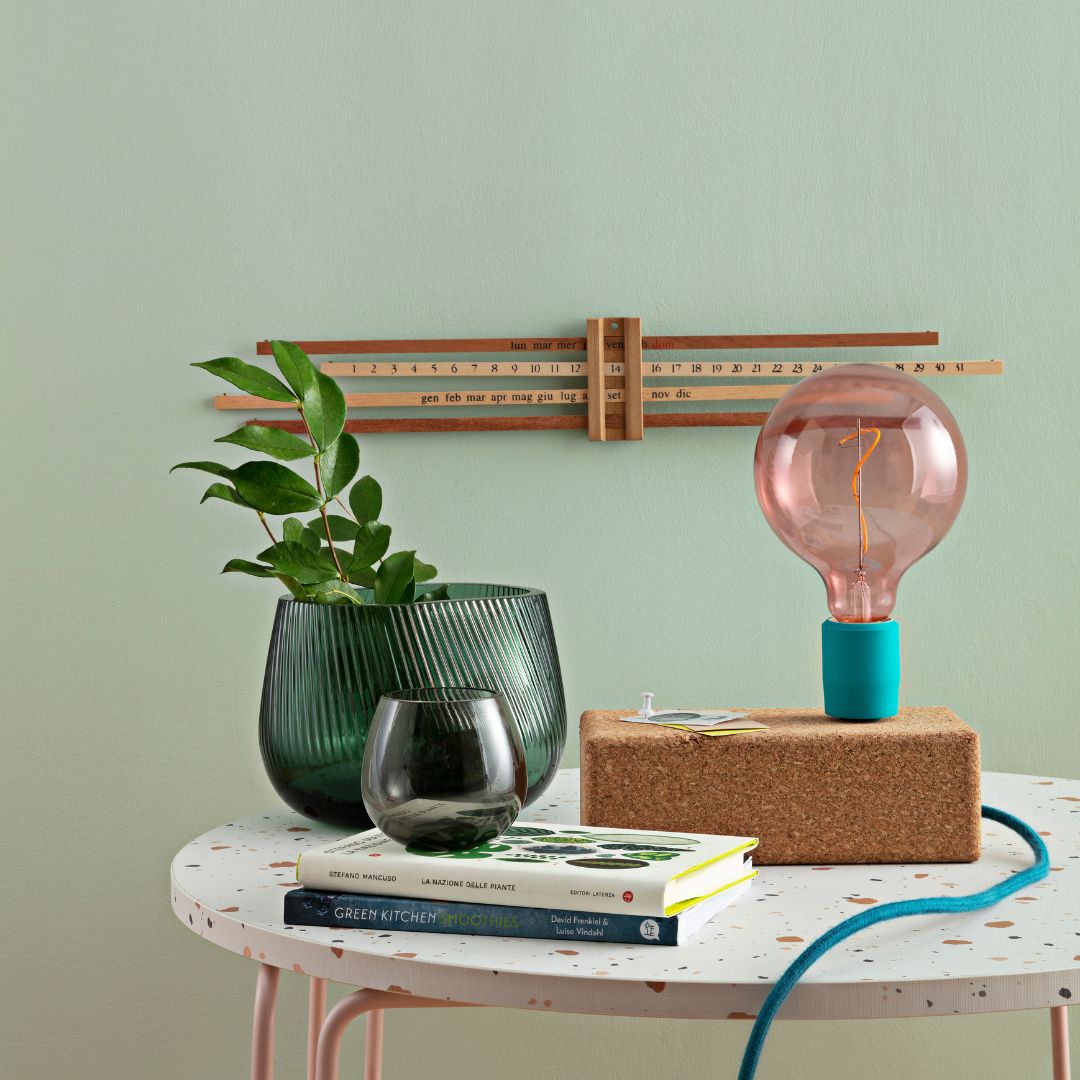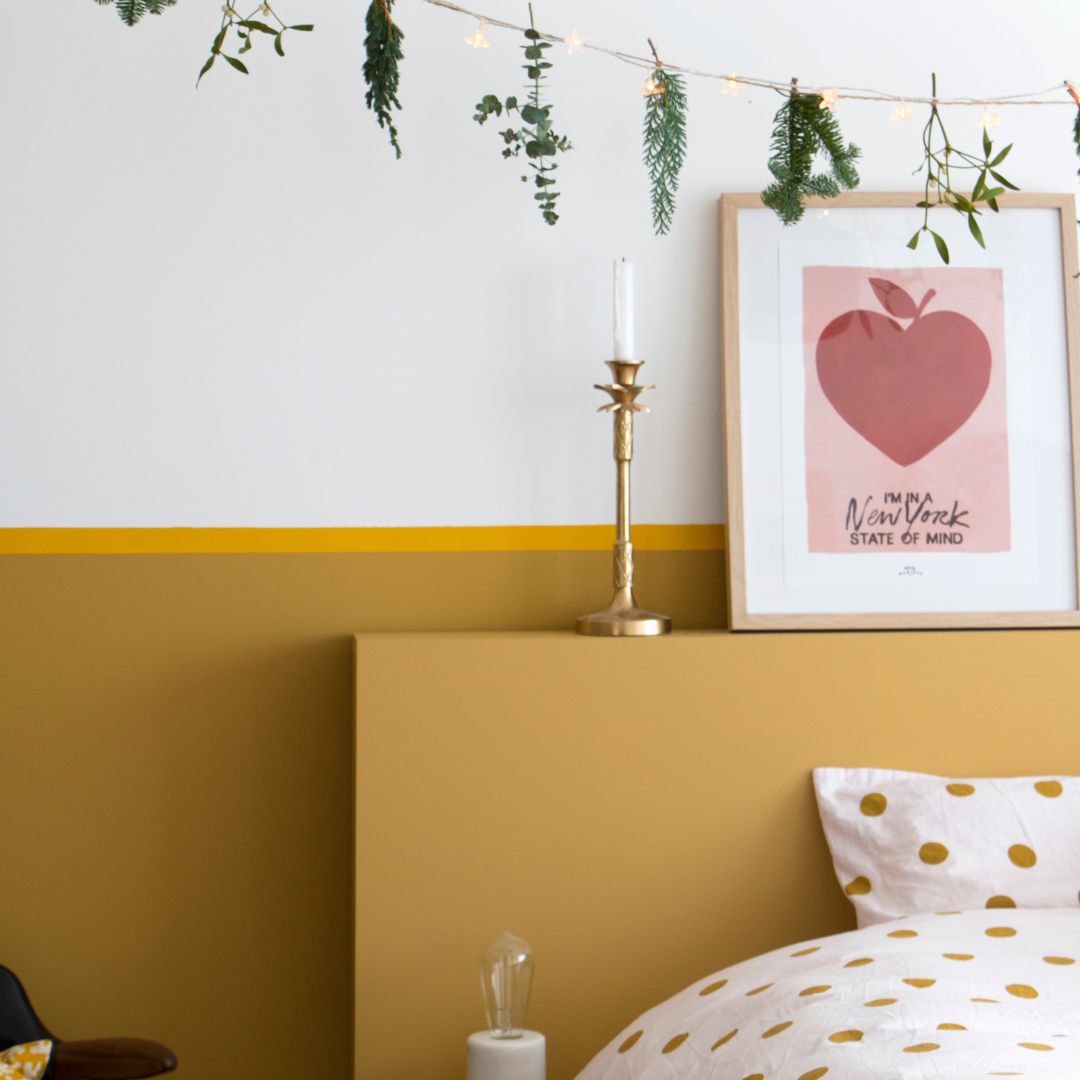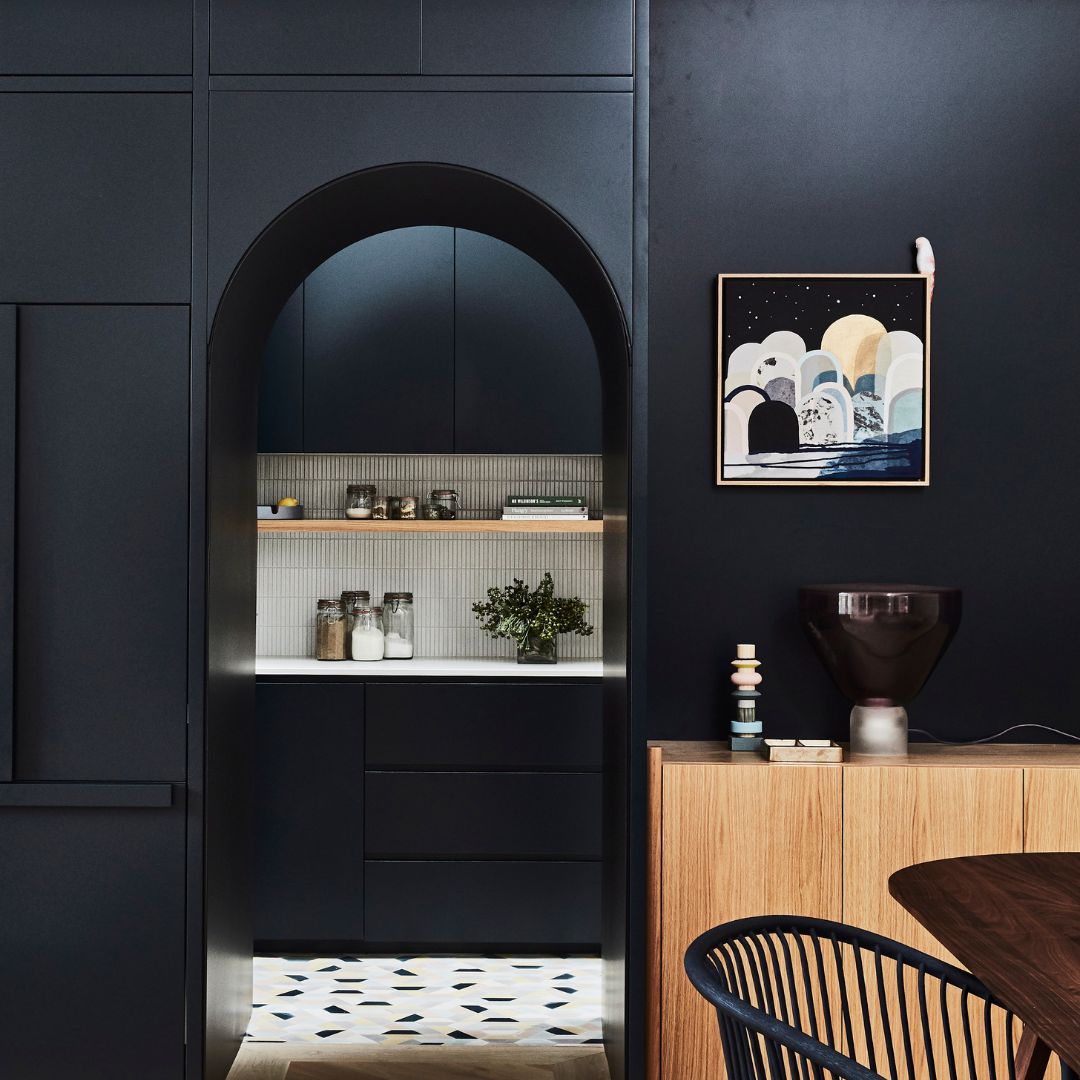To get started on your project with peace of mind, there's nothing like good tools! By taking the time to prepare properly, you'll put all the chances on your side to save time when it comes to application, but above all, to obtain an optimal result that meets your expectations!
To prepare the supports
We talked about this in a previous article about preparing your room before starting work , but it is essential to prepare your supports and protect your surfaces.
Once the room is clear and the decorations removed, it is important to prepare your support.
The tarpaulin and masking duo
You can start by protecting the floor or large areas that you do not want to paint using a protective tarpaulin that must be properly secured using a specific adhesive tape called smooth masking .
Once securely fixed, the tarpaulin should no longer move and you can tackle the next step: marking out and protecting delicate areas. To do this, you will need your masking tape to cover all the areas you do not want to paint, such as window sills, door sills, baseboards, socket surrounds, etc. Use a quality, smooth masking tape so that it does not peel off in the middle of the work and can be easily removed at the end without leaving any residue.
Cleaning objective
Once the surface is protected, it's important to make sure it's clean before you can even consider applying a single coat of paint. To prepare your wall, get out your best cleaning kit: a bucket, a sponge, a brush, and a cloth!
To allow your future undercoat and then your paint to adhere well, your support must be clean and free of dust or residue that could be there. To remove as much dirt as possible, use a brush to remove encrusted stains and a cloth on your wall, then take a bucket filled with hot water , a new sponge and detergent to begin the step called washing. Dilute your detergent in water , wet your sponge without soaking it completely, then scrub your wall using circular movements. To avoid traces of dirty drips, start first with the lower part and then work your way up. Then rinse with clean water . Once your wall is brand new, open the windows to circulate the air and let it dry completely for a few hours.
Possible tools depending on the adhesion and quality of the support
If your support is in poor condition, after an initial dusting, you will need a little additional material to give it a new lease of life.
If your walls have a few holes or cracks, fill them with filler. If the damaged areas are really very light and you just want to make the surface even and flat, use a smoothing compound : it will also help you achieve better results and a good finish at the end of your work. To apply the coatings, nothing beats spatulas and plastering knives .
Once the defects have been corrected and the coatings are completely dry, it is essential to sand and then dust off your surface. Indeed, the sanding step is very important to level the surface but also to ensure optimal adhesion of the paint you will apply next. There are several options for sanding:
- Sand manually using sandpaper or abrasive paper; you can also use a sanding block for better grip and ease.
- Sand with an electric sander to save time and tackle larger areas
Before you start sanding, make sure your tarp is still securely in place, as this step will create a lot of dust. Once you're done sanding, dust off any remaining filler and remove any residue, then wash your wall following the instructions above in the article.
If you are unsure of the steps to follow depending on the condition of your media, please take a look at our previous article
who will guide you through the steps to take whether your walls are new, already covered, in good or poor condition.
To apply the paint
Once your surface is smooth , sanded , cleaned and dried , it's time to get down to business, namely painting!
To complete this important step, don't hesitate to wear comfortable, suitable clothing that you can afford to get dirty and that allows you to move freely. To protect yourself from paint splashes, you'll need a mask, gloves, and goggles.
Before even opening your paint can, check that you have a flat tray or bucket available : these accessories are very useful for transferring your paint little by little and avoid having to constantly carry your multi-liter can around your room. This will also prevent the paint in your can from drying out if you close your can tightly after pouring paint into the tray or bucket.
You can also use a rack to wring out your rollers and brushes and ensure that you don't overload them with paint.
The rollers and brushes to use
Once your surface is smooth , sanded , cleaned and dried , it's time to get down to business, namely painting!
To complete this important step, don't hesitate to wear comfortable, suitable clothing that you can afford to get dirty and that allows you to move freely. To protect yourself from paint splashes, you'll need a mask, gloves, and goggles.
Before even opening your paint can, check that you have a flat tray or bucket available : these accessories are very useful for transferring your paint little by little and avoid having to constantly carry your multi-liter can around your room. This will also prevent the paint in your can from drying out if you close your can tightly after pouring paint into the tray or bucket.
You can also use a rack to wring out your rollers and brushes and ensure that you don't overload them with paint.
The rollers and brushes to use
With so many brushes available, it's easy to get lost in the differences between flat, round, thin, and wide brushes, and to differentiate between natural and synthetic bristles. Making the right choice is all about asking yourself the right questions to find the right brush for the type of paint you're going to use and the areas you want to paint.
Depending on the type of paint
If you want to apply water-based paint (acrylic), choose brushes with synthetic bristles which will ensure a better finish and a streak-free application.
For oil (glycero) paint , opt instead for natural bristle brushes .
Depending on the medium
- Rectangular or flat brushes : equipped with long bristles, these brushes are used to paint fairly large surfaces and are very practical for varnishing or lacquering surfaces
- Pointed sash brushes are perfect for precision work , clearing corners , painting moldings and finishing touches.
- Round brushes are particularly suitable for irregular surfaces with relief such as plaster
Finding the right roller
When painting large surfaces quickly, such as walls or ceilings, it's important to have the right roller. Again, the type of surface and paint in question will influence your roller selection.
If your surface is smooth , choose a short-pile roller ; if it is rough (like roughcast), choose a long-pile roller .
If you're using acrylic paint , a microfiber roller will be your best friend. This is the type of roller best suited to our Algo bio-based paints.
To properly apply glycerophthalic paint , a short-pile foam roller will be ideal.
Don't hesitate to add a telescopic handle to your roller to more easily reach tricky areas like ceilings without the risk of contorting yourself. Also play with the different sizes of rollers available: we often underestimate the benefit of mini-rollers, for example, even though they are extremely practical for filling surfaces with ease.
Also take care of your roller sleeves so that they do not get too damaged, wash them well after use and do not hesitate to replace them with refills as soon as you feel that they are less effective or that they start to lose their bristles.
Finally, be aware that there is an alternative to replacing rollers and painting large surfaces: the paint gun . There are classic guns that project a mixture of air and diluted paint onto your surface in a diffuse manner, but also airless guns that compress the paint without diluting it and project it in a precise and finer way for a consistent, high-quality finish.
Now you have all the tools you need to successfully complete your project with the right tools, there's only one thing left to do: One, two, three, paint!
